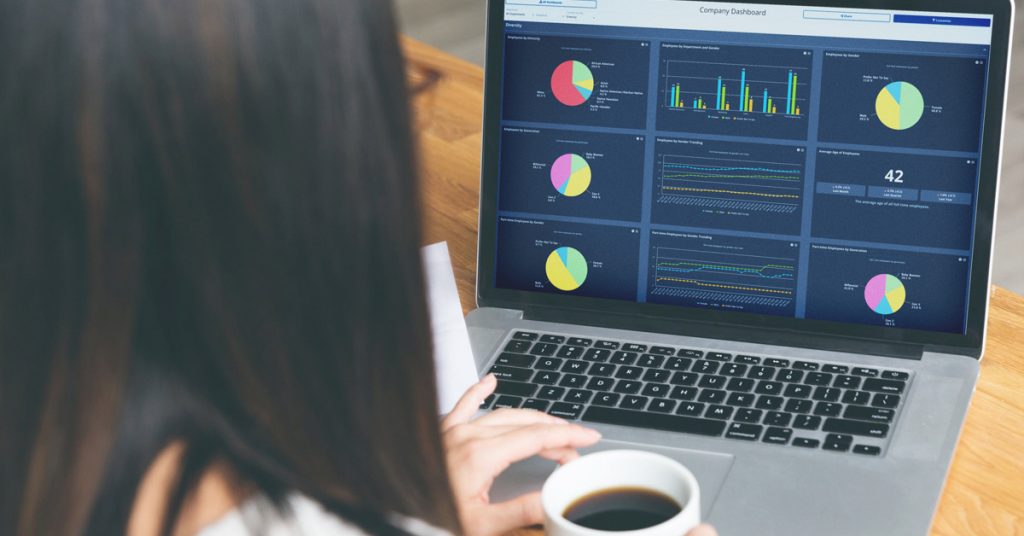Implementing HR software is one of the best ways to optimize your HR processes, yet many managers of small and medium-sized companies forego software, believing it’s too expensive or just unnecessary. However, choosing the correct software can make a tremendous difference to the cost of your HR department, its efficiency, and its ability to adequately serve your company.
The Benefits of HR Software
One of the most important changes businesses can make today is the shift from paper to electronic tools like databases. Electronic records are more useful, economic, and efficient. Storing data electronically instead of through paper records makes it easier to share files with other employees and allows for automatic backups in case of disaster.
After the initial investment in a system, electronic records are much cheaper than paper, too. According to eFileCabinet.com, using paper costs between 13 and 31 times the cost of purchasing the paper, meaning a $50 box of paper costs between $650 and $1,550 to use. Similarly, a small file cabinet with four drawers costs $25,000 to fill and $2,000 per year to maintain. But, as HR Daily Advisor claims, electronic records cost less in the long run “due to reduced paper and ink usage as well as reduced storage fees and simpler document maintenance.”
A good HR system also saves your most valuable resource—time. Many common HR tasks can be automated with the right software, which not only saves time but ensures they are done consistently. It also frees up employees to do more important work. It’s estimated that in offices relying on paper files, employees spend 30-40% of their time searching for documents in emails or file cabinets. What else could your employees be accomplishing in that same amount of time if paper files weren’t slowing them down?
Features and Types Of Software
We’ve written about the types of HR software on the market today in our post “HRIS, HRMS, or HCMS: Is There A Difference In HR Systems?” We also spoke with Paul Martin about “How to Tell When Your Company Needs an HRIS.” Each of these systems has specific functions, but no one system does everything. That’s why if you already have some software in place, compatibility should be one of your main concerns when you begin searching for new HR software to add to your department.
Another consideration when choosing software is whether you prefer on-premise HR software or cloud HR software. HR Advice explains that on-premise software, which is stored on your computer, provides greater control over your data and can usually be customized to your business. However, if cost is a concern then cloud HR software can be a great option because it is cheaper. Stored online, it is not as flexible as on-premise HR, but it also doesn’t require as much training to learn and the overall cost will be lower. This is partly because you pay for the cloud software kit rather than individual licenses for each employee that will use the system, which is the model for on-premise software.
Perhaps one of the most important considerations when choosing new HR software is what features the software offers. There are common features that most HR departments would use, such as leave management, company policy management, employee self-service, and employee record-keeping. Then there are additional features like recruitment automation, employee onboarding, and employee exiting that many businesses find useful. If you’re still having trouble choosing one program over another, it can be useful to consider questions like does the software suit the size of your company, is this a product my company can grow with, and how does the price compare to the price of similar products?
Software, Data, And Reporting
Human resources has entered the age of data. There’s no escaping this fact, and it’s another really good reason to consider adopting HR software for your company. The old way of building HR reports takes too long, with employees entering multiple systems or paper files to retrieve data, manually typing that data into a spreadsheet, and then being left with a confusing pile of numbers they must make sense of.
Today, many HR systems allow you to automate these reports, and it’s one of the best time-saving features of this kind of software. If you’re going to make the leap to invest in HR software, it’s really important that the software you choose has this capability. If you’re not collecting important HR data and using that data in actionable ways, then you’re missing out on a goldmine of beneficial company information.
The easiest way to complete reports, however, is to use an HR analytics dashboard like ours. You can connect your dashboard to each of your HR software programs and see all of your live data in one place, depicted in stunning graphs and charts. Building HR reports has never been easier. Contact us today to schedule your demo.













